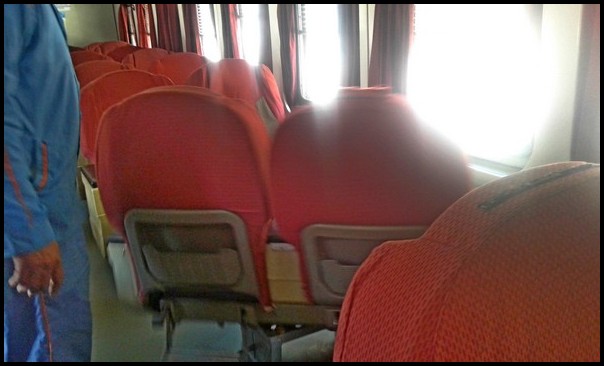
Train Trip from Cairo to Alexandria Egypt
I took a cruisy train ride up from Cairo to Alexandria and stayed four nights in Alex to explore the city’s many sites & attractions. Partly I wanted to (needed to) escape from filthy, dusty, roasting, densely-crowded, overly-noisy Cairo. Partly I wanted to see something more of Egypt outside the horrid capital (surely there must be nicer places in Egypt than Cairo, I reasoned). I hoped Alexandria would be a nicer city than horrid Cairo.
I ‘splurged’ on a 1st-class train ticket since the price was a mere 70 EGP / under $5 US. I could have opted for 2nd-class for 50 EGP and saved $1.25 US. But what the heck, even I could afford a $5 train ticket. So off I went to Alexandria ‘in style’.
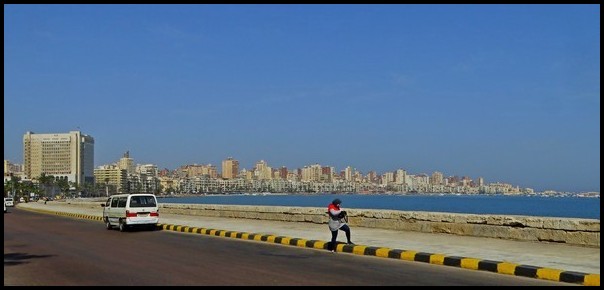
A Peaceful Experience
Since I was inadvertently visiting Egypt during the Mulsim holy month of Ramadan, I was a little nervous that the trains would be crowded. Quite happily for me, the reverse was true. The two first class carriages on my train were both nearly empty, with perhaps 5-10 people in each car.
That suited me very well. It meant a very quiet, peaceful trip, a much-needed respite from Cairo’s never-ending horn-honking traffic. In the three weeks since I’d arrived in Cairo, I had worn my trusty earplugs 24/7. For three solid weeks. I’d only beeen able to take them out for a few brief 1-2 hour sessions while visiting luxury hotels for my job assignment.
The train trip proved to be the absolute quietest place I’d been during my entire stay in Egypt. Quiet within. And quiet without. And, thanks to rolling along a railroad line, absolutely no traffic noise for four glorious, tranquil hours. What a relief that was! I even took my earplugs out for the whole journey.
I don’t know if the trains between Cairo and Alexandria are generally so empty or usually more crowded. But I’m guessing they’re usually not crowded. Locals had recommended me to take a bus, perhaps because buses take two hours, while trains take up to twice that time or longer. So I’m guessing most locals take buses or else drive.
But regardless of how many passengers are onboard, the trains at least allow people to get completely away from Egypt’s incessant & ridiculously noisy traffic. Just for that reason alone, I personally would chose the train over the bus.
Besides that, I generally prefer trains over buses because of the spaciousness, onboard toilets and the lovely rolling rythym of trains. For all those reasons, I greatly enjoyed my train journey to Alexandria.
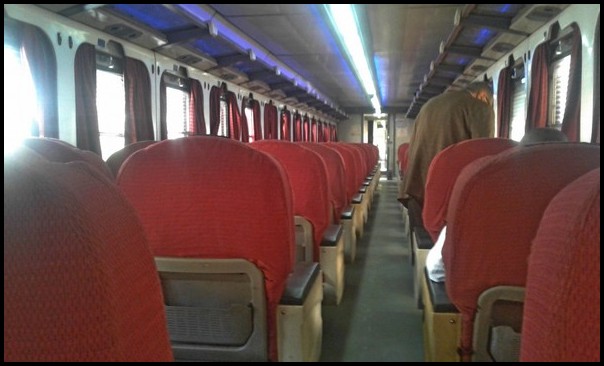
First Class Train in Egypt
Eypt’s 1st class carriages are filled with large, plush deep-red velvet seats. Two on one side of the aisle and single seats on the other side. Upon first view, the seats all look rather luxurious. And, indeed, they are very comfortable and roomy.
Upon closer inspection of the seats and carriage interiors, however, it becomes glaringly obvious that everything is a bit worn, rundown and slightly dirty. The nice red velvet seat coverings are not completely tucked around the backs of seats properly, but instead have frayed edges dangling around. Floors could use a good washing and all the interiors could use a good polishing.
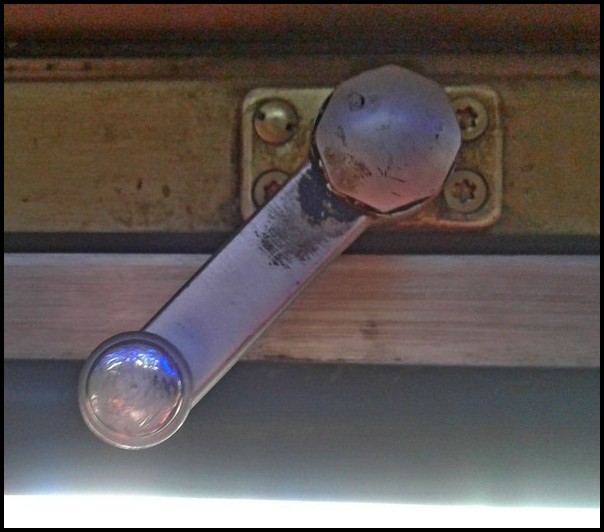
The level of cleanliness and finish certainly wouldn’t live up to inspection on any 1st class carriages in Europe, USA or most Asian countries. However, compared to the filth of Cairo, the 1st class cars seemed rather plush just the same.
However, I did have to chuckle wondering what 2nd class and 3rd class carriages must look like.
Despite the short comings, the 1st carriages are full of nifty vintage features such as adjustable metal foot rests, trays that fold down into the arm rests, sturdy metal flip-down coat hooks, cranking handles to open/close window blinds and seats that flip around to face the other direction when the train makes its return journey. I greatly enjoyed discovering them all and testing them out while waiting for the train to depart.
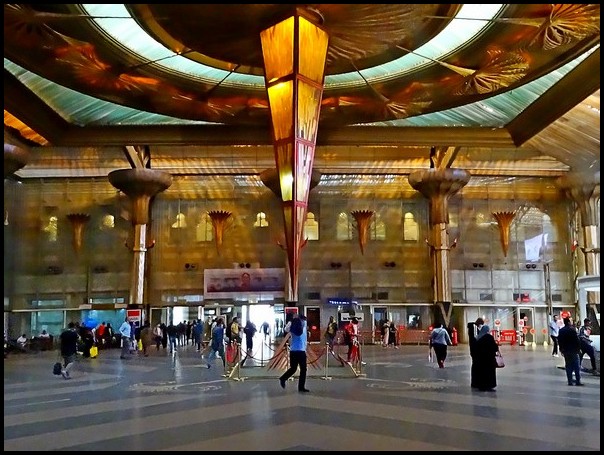
Historic Cairo Train Station
Another bonus of taking a train from Cairo is that you get to see the stunning & unique historic Cairo Station. I had read about it and seen photos while planning my trip to Egypt, so it was starred on my list of places to visit in the city. Taking the train ensured I had time to do so.
I was really amazed at the interior architecture and detailing of the station. I’ve never seen anything like it. And I’ve seen several famous historic grand train stations during my world travels. Cairo Station holds up to the best of them, including Grand Central Station, NYC, and Gare du Nord, Paris.
If you ever take a train to/from Cairo, be sure to save some time to admire the beautiful & unique station.
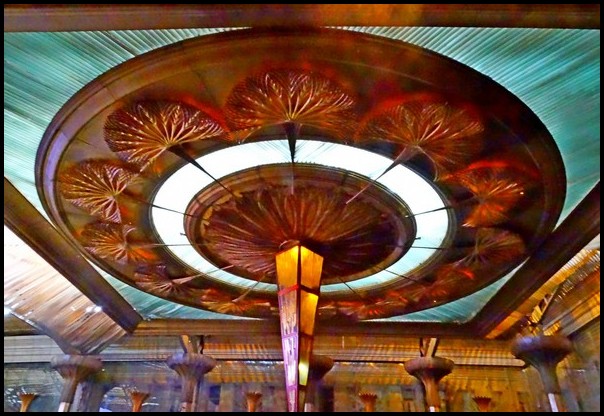
Cairo to Alexandria Train Schedules
Somewhat to my surprise, my 10 am train departed Cairo station at precisely 10:05 with a long, lovely whistle and the usual clunky shifting of the carriages as the train began laboriously rolling down the tracks.
My ‘indirect’ train was scheduled to take three hours to reach Alexandria, making three stops along the way. I could have opted for the ‘direct’ train, which claimed to take two hours, but it departed at 8 am. I prefered to have a more leisurely morning and depart at 10 am.
In the end, my indirect train took four hours to reach Alexandria. That was perfectly fine with me. In fact, as I detailed above, that train trip was the quietest, most relaxing time I spent during one month in Egypt! No traffic noise! No crowds! No problems or difficulties to grin and bear. All I had to do was sit back, relax and let the Nile delta countryside roll slowly by.
I later had good reason to suspect that there really aren’t any ‘direct’ or ‘indirect’ trains between Cairo and Alexandria, in terms of journey times. My return ‘direct’ train to Cairo took four hours, just like my previous ‘indirect’ train. The only difference was that 1st class (the same exact carriages) cost 90 EGP ($5.25 US) instead of 70 EGP.
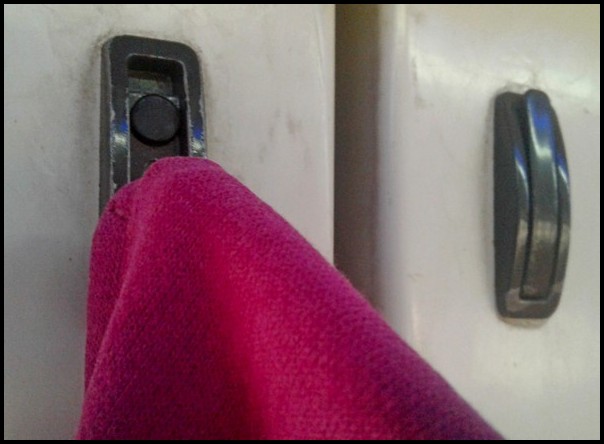
The following week I heard about another traveler who caught the 2-hour 8 am ‘direct’ train up to Alex. That train ended up taking 5 ½ hours, finally arriving at 1:30 pm! Considering that my 10 am train had arrived at 2 pm, I was sure glad I haddn’t dashed to Cairo station early to catch it.
Stopping to think about the variable train journey times, it seems likely that all the trains take four to five hours to reach Alexandria. In the very least, you can’t count on a train taking a mere two hours, like they claim.
After all, all the trains are dependent on the schedules & movements of all the other trains rolling along the limited tracks running between the two cities. If one train gets behind for any reason, it’s likely that all subsequent trains will be held up too. Instances of hold ups and scheduling problems could easily build up over the day, making each subsequent train take longer and longer. In fact, apparently Egyptian trains are rather notorious for crashing. Though I don’t know if that problem exists on the Cairo-Alexandria run or not.
Moral of the story: Expect trains to depart more or less punctually, but also expect them to not arrive on time, but to take four to five hours between Alex and Cairo. If you’re not in a hurry and you enjoy leisurely train trips, they are definitely worth taking. If you prefer a quick journey between the two cities, take a bus or drive.
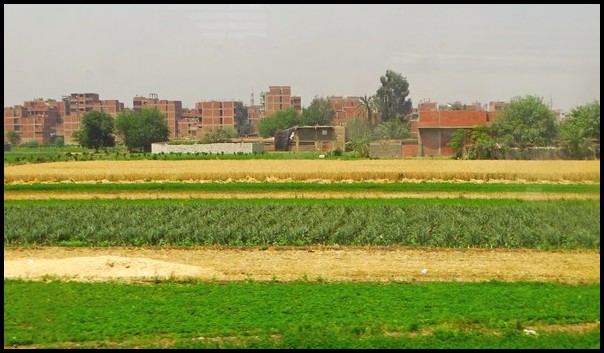
The journey between Cairo and Alexandria
Besides my general love trains, I was also really looking forward to seeing the Egyptian countryside outside of densly-packed, dusty Cairo. The entire region between Cairo and Alexandria lies within the vast Nile River Delta. I was hoping for some greenery, possibly even lush vegetation?
In Cairo there’s barely any greenery whatsoever. The few parks within the mega-city are all covered in a layer of dust, giving the trees, bushes, flowers and lawns a dull, tired look. The entire city just looks dry, dusty and sandy. So viewing any healthy-looking greenery would be a real treat.
The train needed a good 30 minutes to roll through Cairo before we even started getting outside of the city. That section of the journey reminded me of rolling through Bangkok, Thailand, where the tracks are lined by rickety slums and piles of trash. Likewise in Cairo, the city tracks were lined by huge piles of trash (although all the streets, alleys, sidewalks and buildings in Cairo are also full of trash, so nothing new along the tracks).
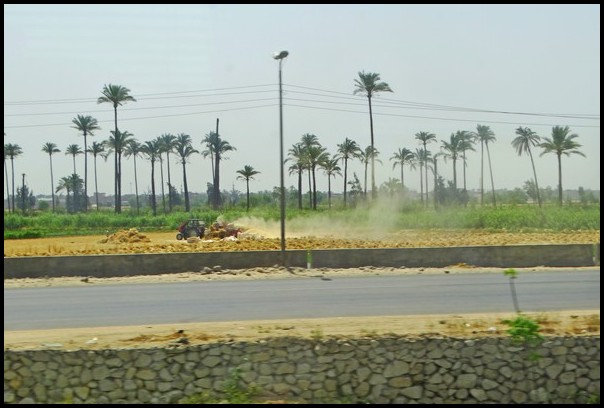
But after we finally left Cairo, we soon began passing through a surprisingly vast agricultural region with green fields (greenery in Egypt!) punctuated by palm trees, scattered brick apartment buildings and occassional towns filled with more brick buildings. Except for the brick structures, it reminded me a lot of riding a train through southern Thailand.
Quite oddly, nearly all the brick apartment buildings were grossly incomplete, yet clearly in use. People were living in them while the exterior walls were completely unfinished and metal rods stuck up into the air from unfinished roofs. I wondered why they didn’t complete their buildings? I don’t think I’d ever seen so many unfinished buildings in all my life anywhere. And certainly not unfinished buildings being used as residences.
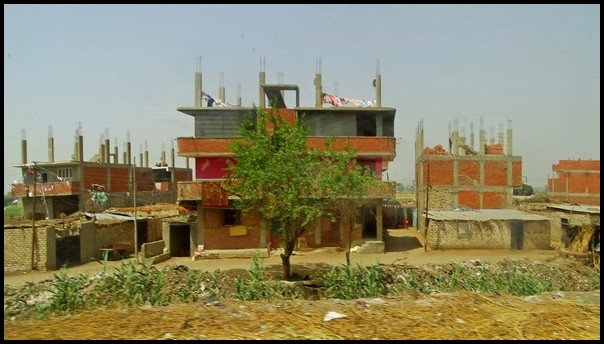
The whole journey up to Alexandria passed through more or less the same scenery, until we reached the outskirts of Alex, where we began rolling past more and more densely-packed brick buildings.
Once in the city proper, at least most of the buildings were finished. They were also white and not covered in a layer of dust. The sky was a bright blue, rather than the brownish haze usually found in Cairo.
As my train finally rolled into Alexandria Station in mid afternoon, I was hopeful that Alex would be a nice break from dismal Cairo. I’d already seen that the city was cleaner, the buildings more polished, the sky infinitely more clear.
Catch my article about Alexandria next week.
=======================
In the meantime, you may also like:
8 Surprising Facts about Cairo
My First Impressions of Cairo
===========================











 Hi! I'm Lash, an American nomadic world traveler who's been traveling solo since 1998. I’m passionate about traveling the world nomadically and then sharing it all with you. I hope to inspire you to travel the world, to entertain you with tales from the road, and to help you reach your travel dreams. Welcome!
Hi! I'm Lash, an American nomadic world traveler who's been traveling solo since 1998. I’m passionate about traveling the world nomadically and then sharing it all with you. I hope to inspire you to travel the world, to entertain you with tales from the road, and to help you reach your travel dreams. Welcome! 



